|
Montacute House is an Elizabethan-era house in Somerset which I visited in July 2018 while on my way from Lyme Regis to Bath with the JASNA tour. The West Front, above, was added to the house in 1787. The East Front, below, opens into the courtyard, now a garden and lawn. The house was built in the late Elizabethan period, about 1598, a typical Prodigy House of the era. The owner was Sir Edward Phelips (c.1555-1614), a wealthy lawyer and politician, Speaker of the House of Commons, one of the prosecutors of the 1605 Gunpowder Plotters, and later named Master of the Rolls. The East Front exhibits an English Renaissance style, in the words of the website, the house "...must have seemed beyond the dreams of most of those who lived nearby, a work of astonishing splendour and pride...The architecture is a mix of two styles, the traditional Gothic and the new fashionable Renaissance...built on a grand scale with turrets, obelisks, shell niches, pavilions and walls of glass. On the east front stand the Nine Worthies, statues of biblical, classical and medieval figures, including Julius Caesar and King Arthur." The Phelips family descendants lived at Montacute for more than 300 years before leasing it out in the early 20th century. Among the residents was Lord Curzon after his term as Viceroy of India. Once his wife died, he came to live at Montecute around 1915, sometimes with his mistress, the novelist Elinor Glyn. Lord Curzon installed modern plumbing, but only in his own bedroom. The original plan of the house followed the medieval pattern of a Great Hall connected to subsequent more private chambers, without corridors. The remodeling of the house in the 18th century added a central corridor and the arrangement of rooms was altered. Above, entrance into the Great Hall. Above and below, views of the Great Hall. Below, the Drawing Room. The portrait of three men hunting over the fireplace is by Daniel Gardner (1750-18050. This drawing room was once a bedchamber; it is now furnished in the 18th century style. The red upholstered mahogany chairs are by William Linnell (1703-1763) of London, and were commissioned by Sir Richard Hoare for the drawing room at Barn Elms in 1753. Above, the cabinet on a stand, left, is English, in the Japanese style, in lacquer and gilt, dating from the mid-18th century. The console table, at right, with the gilded eagle and marble top, dates from the mid-19th century. The Library at Montacute House, Somerset ©National Trust Images/James Dobson. Most of the pictures were taken by me, but I failed to get a good overall shot of the former Great Chamber, now the library. Below, a corner detail, and the great fireplace. Below, the Great Chamber/Library window with the arms of the family. Montacute played the role of Cleveland House, the country home of Mr. and Mrs. Palmer in the 1995 film of Sense & Sensibility. Garden views. The gardens with their quaint corner pavilions are lovely. Once probably used as small banqueting halls, the pavilions are empty now. The Orangery. The Montacute Phelips Lions. Next, the Long Gallery and an exhibition of portraits related to Queen Elizabeth II's ancestors, focusing on Elizabeth of Bohemia, 'The Winter Queen.'
0 Comments
Leave a Reply. |
Victoria Hinshaw, Author
Archives
July 2024
Categories |

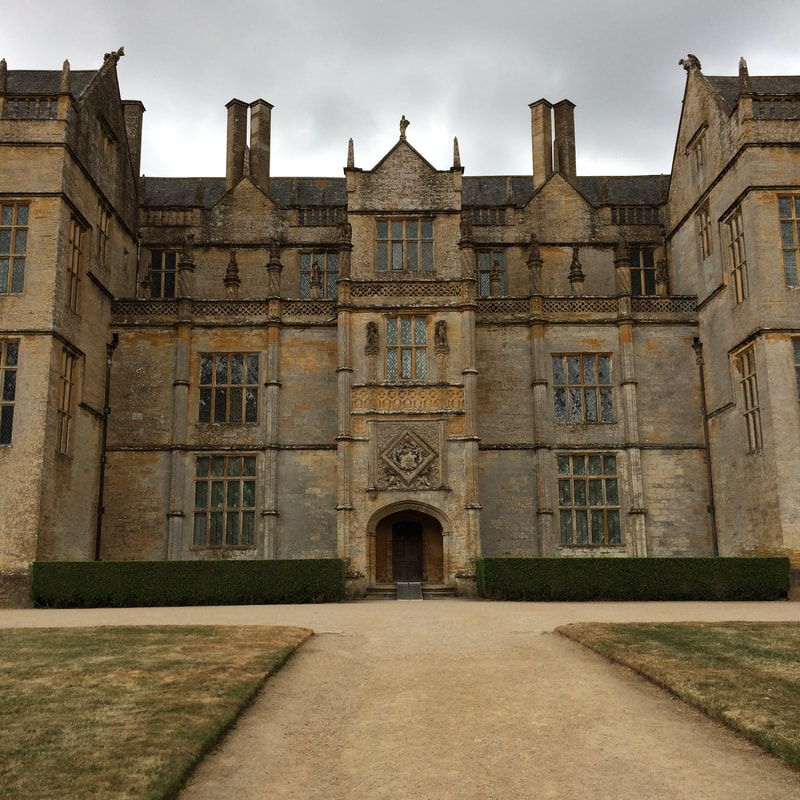

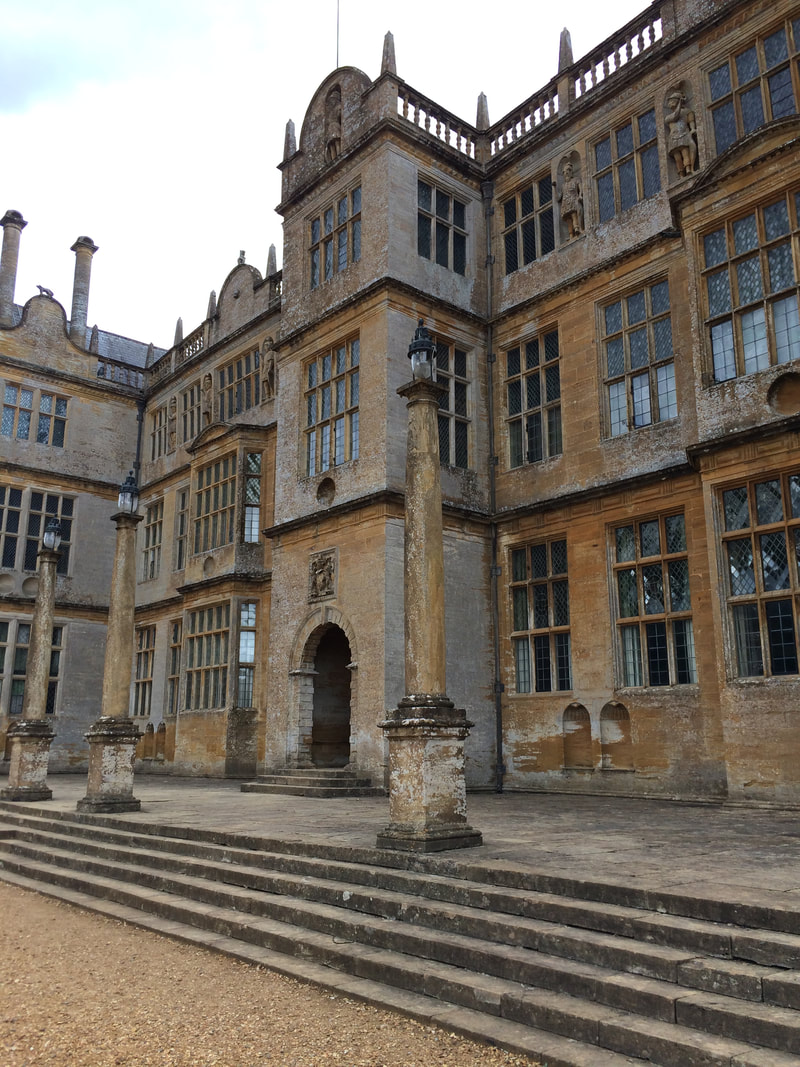



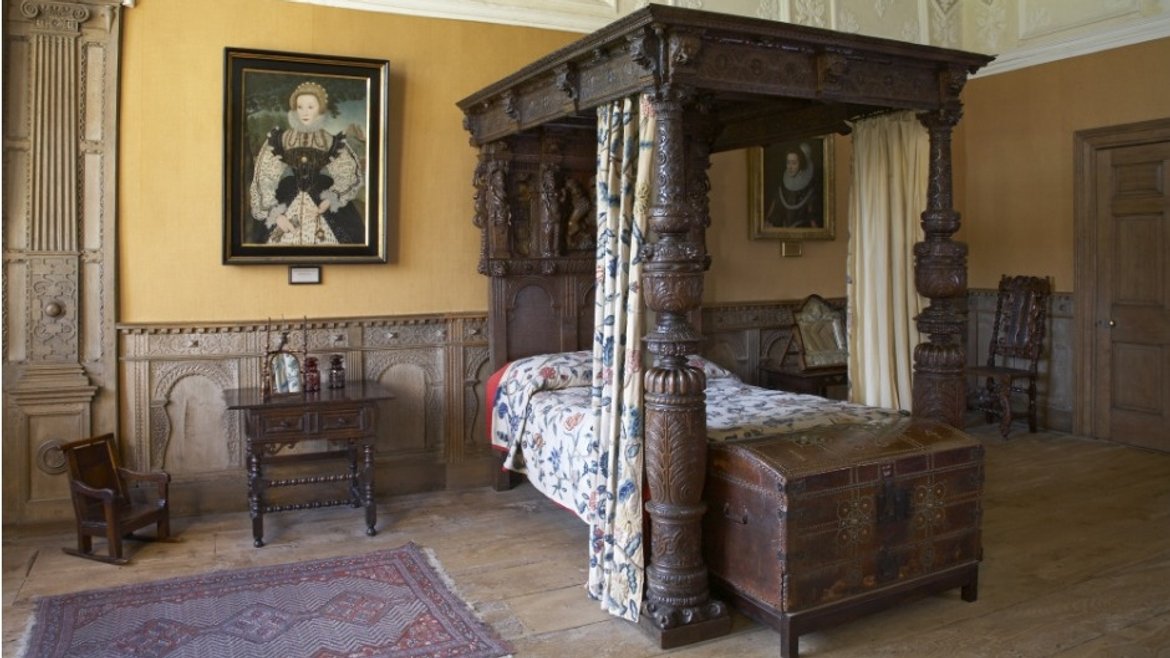

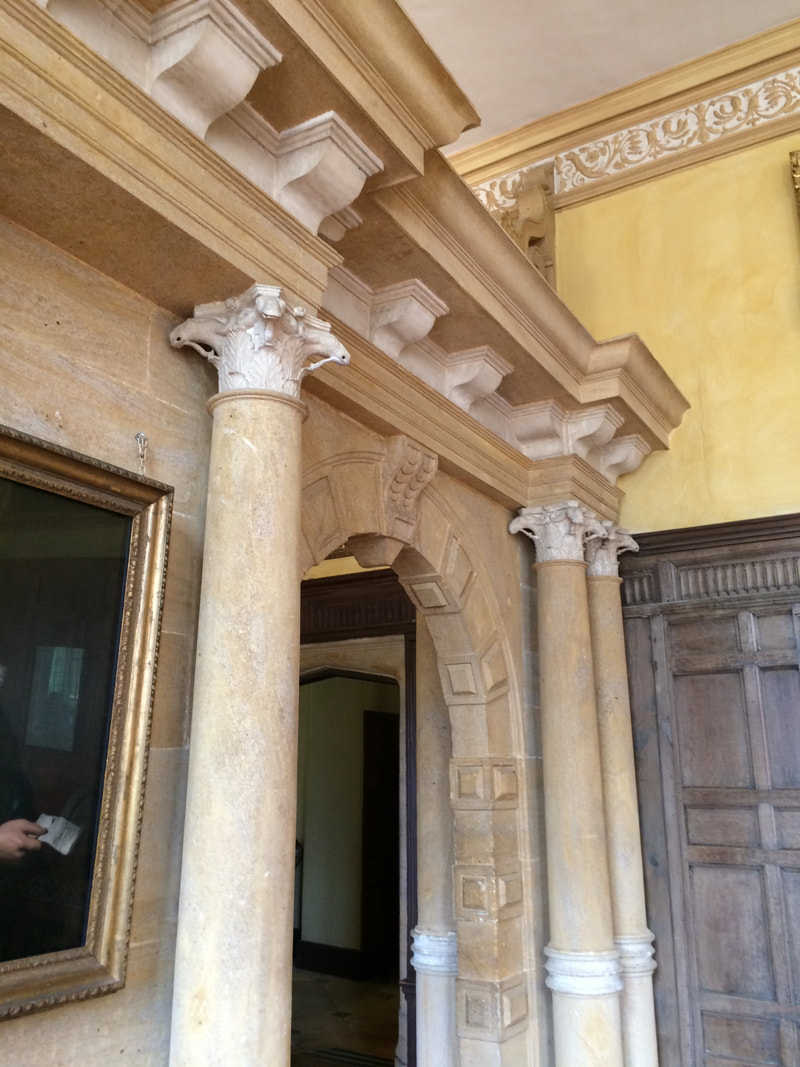
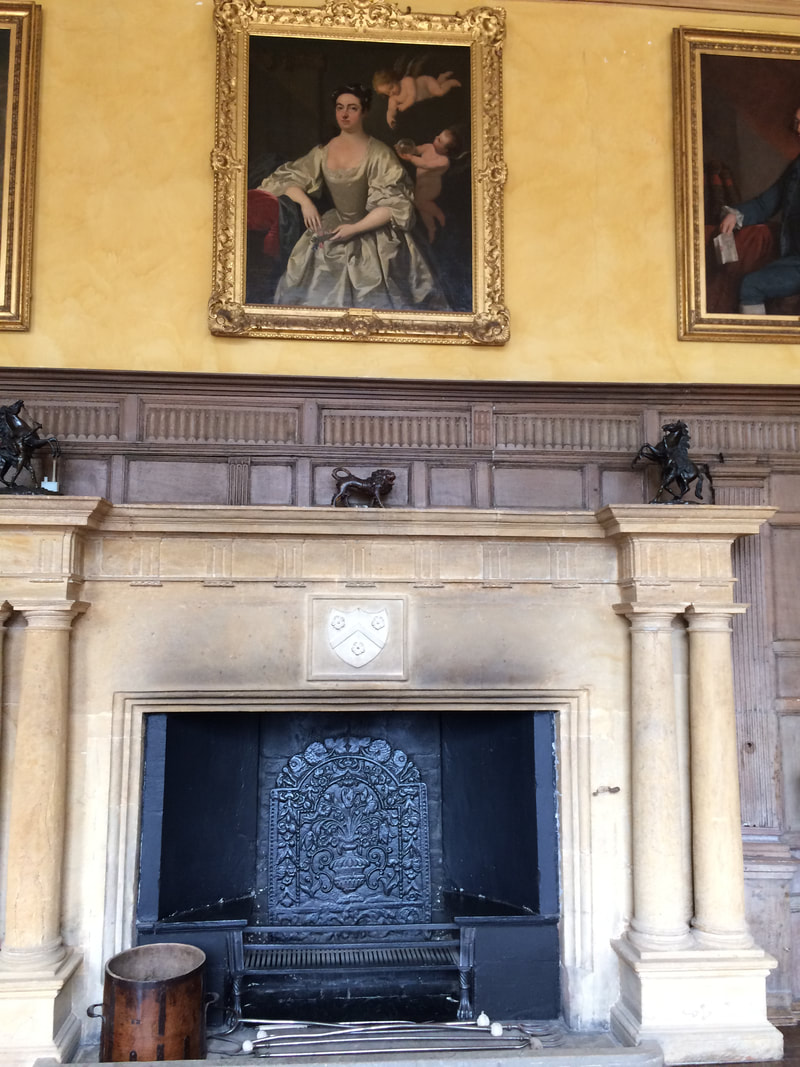
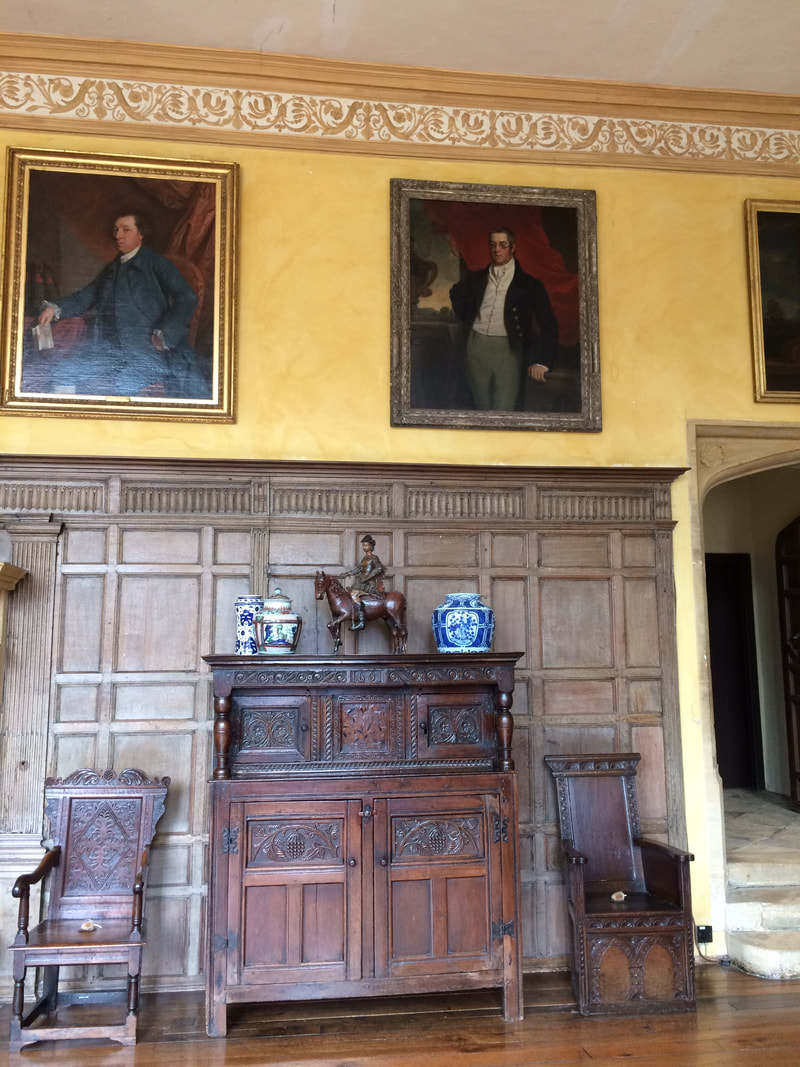
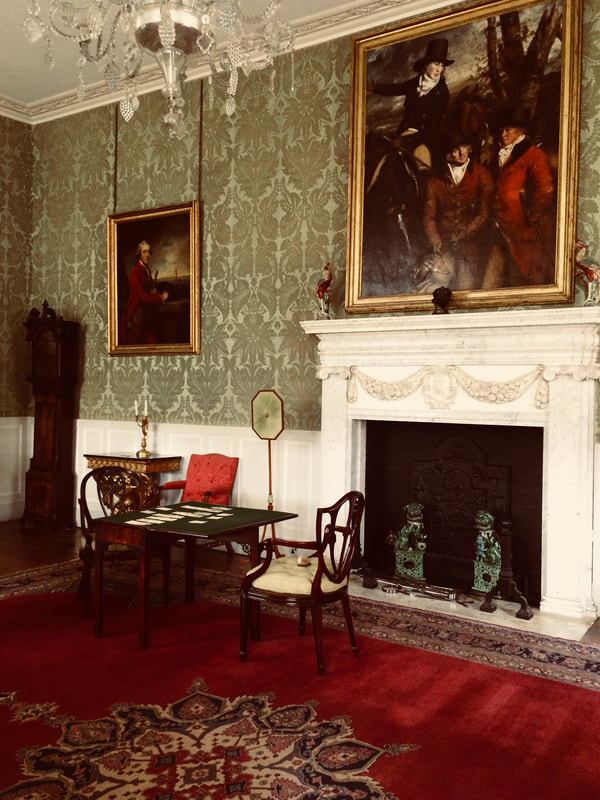
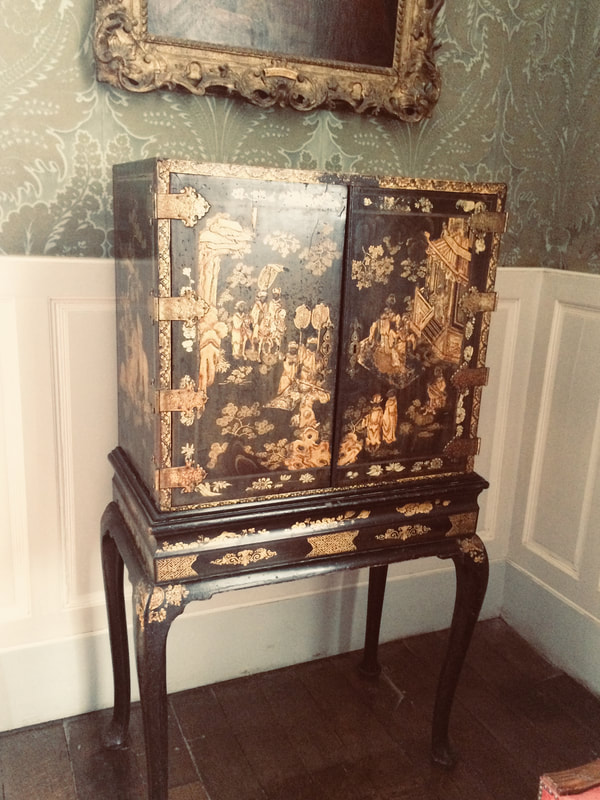
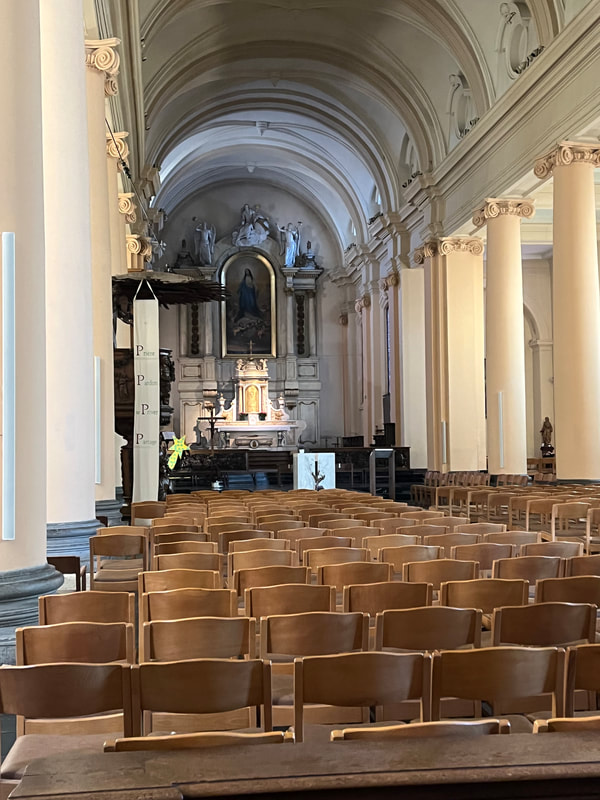

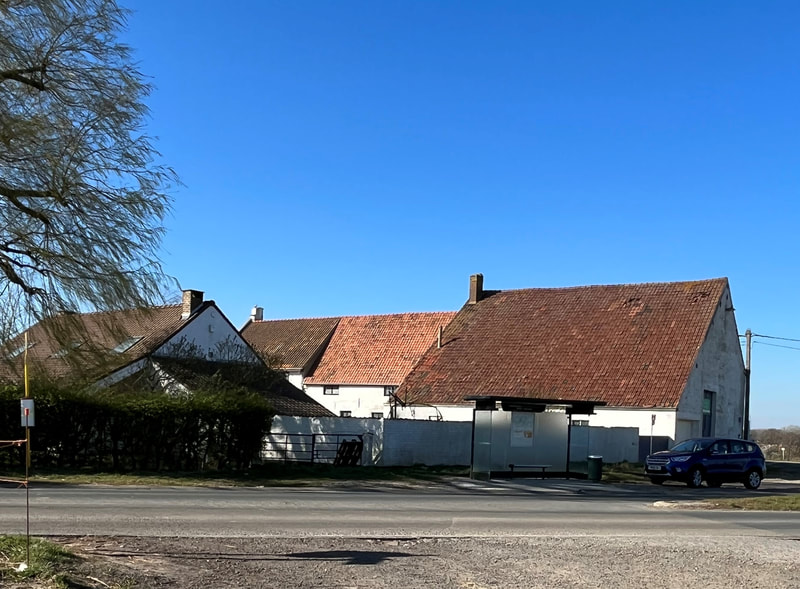
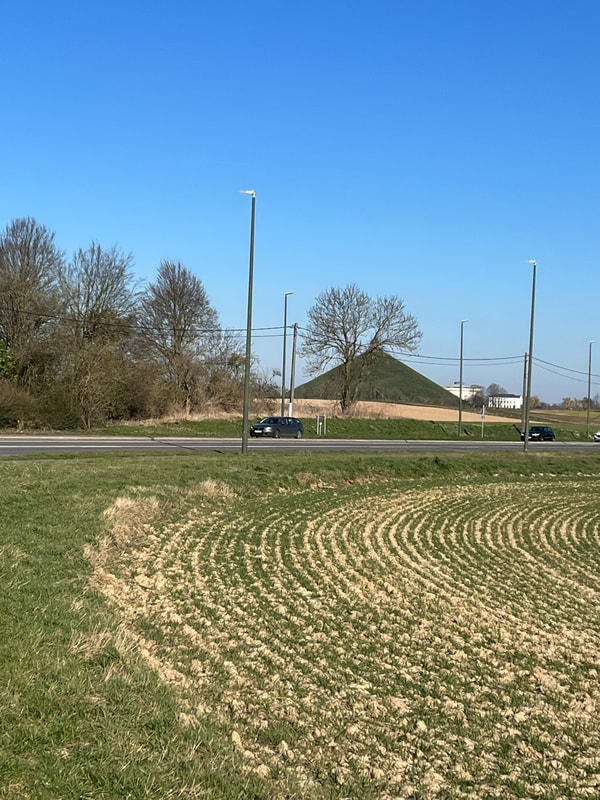
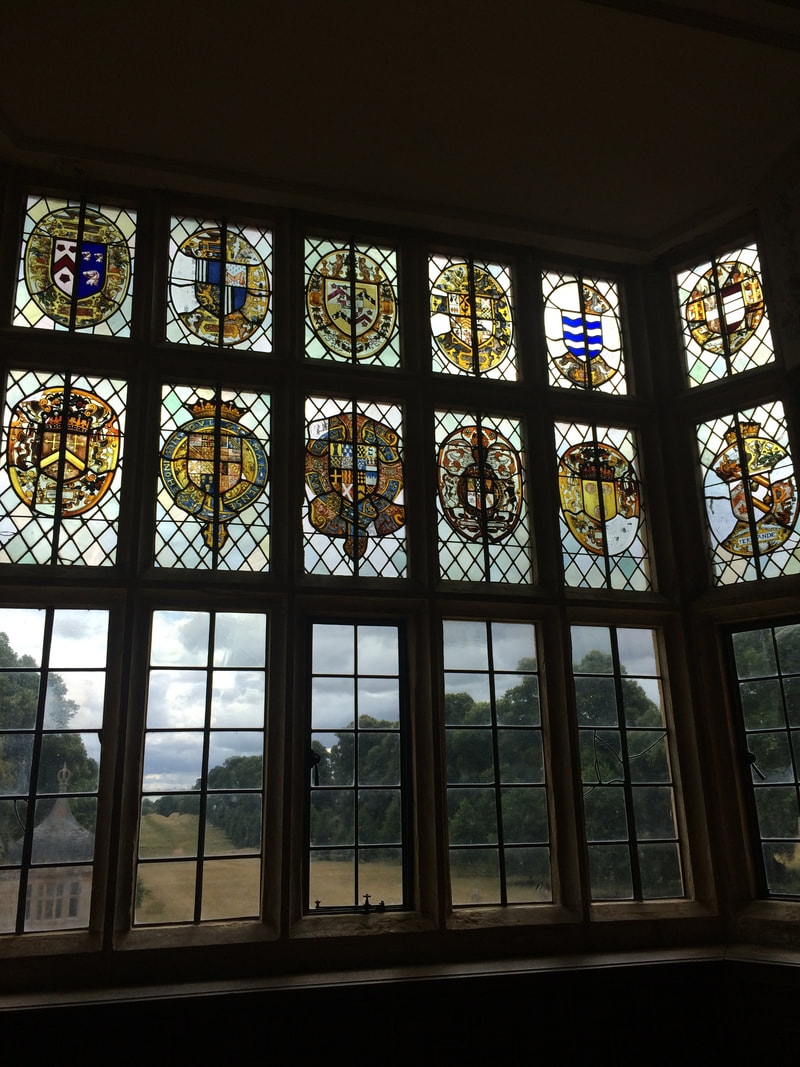
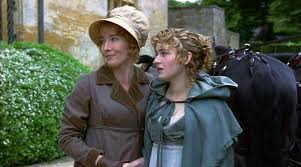
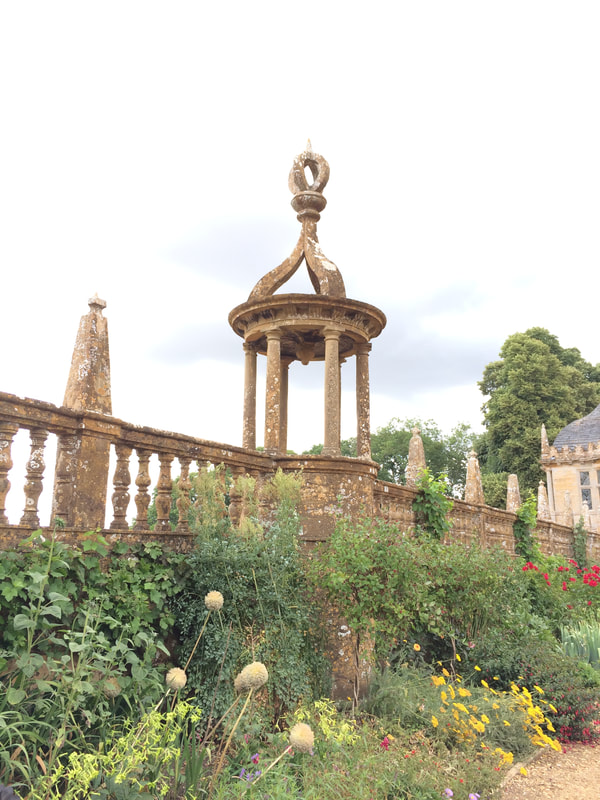



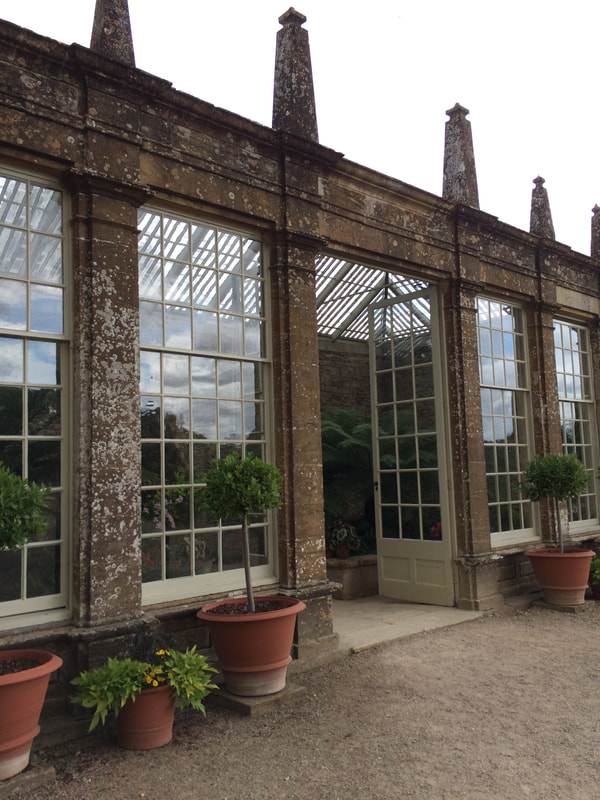
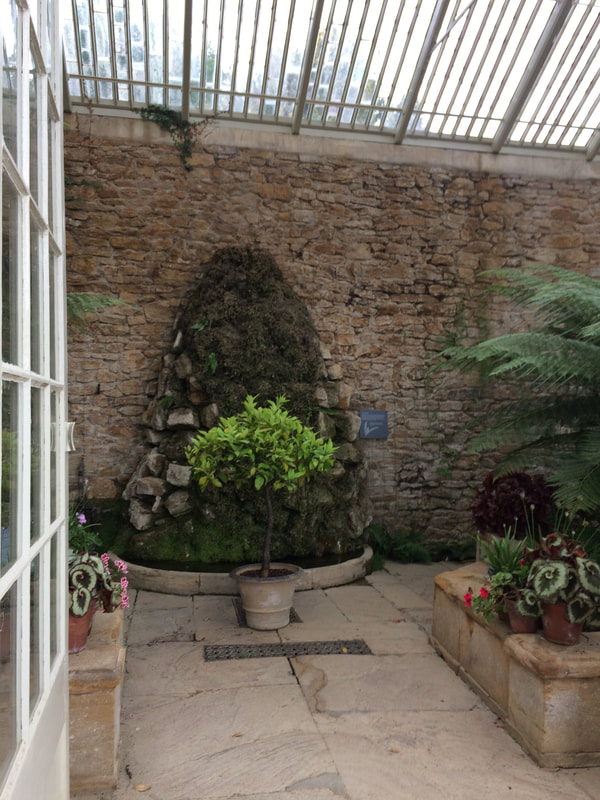

 RSS Feed
RSS Feed